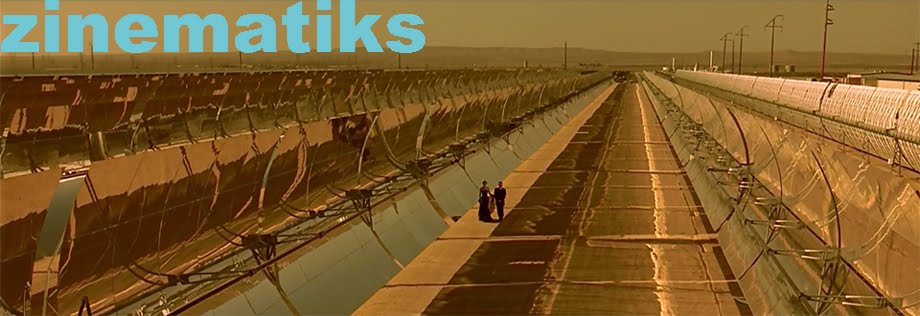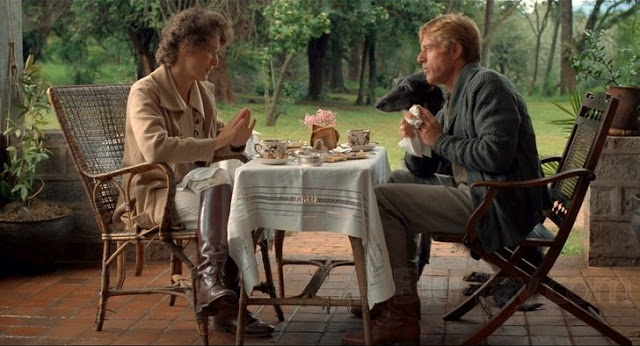The three movies that this article discusses may seem at first sight completely unrelated: an Australian lawyer defending an aborigine charged with murder, an ethnologist following a gang in L.A., and a group of vampire teenagers in the fictional town of Santa Carla. But the three movies are somehow linked, as we will try to show, and not only because they are three favorites of mine.
"The Last Wave" (1977) is an example of Australian folk in which a city lawyer has to defend an aborigine accused of murdering another aborigine. What may seem the result of a simple fight between aborigines, leads this lawyer into the reality of Australian native people. "The Last Wave" was directed by the always impressive Peter Weir and followed the even more suggestive "The Picnic of Hanging Rock" (1975).
 |
"Nomads" (1986) focuses on two characters: a French anthropologist, Jean Charles Pommier, studying nomad tribes, and a doctor, Eileen Flax, who after treating Pommier and seeing him die (not a spoiler as it happens in the first minutes of the movie), begins to live his last hours of life. "Nomads" was the first movie by John McTiernan (who also wrote it) and who later directed "Predator" and "Die Hard".
Both "The Last Wave" and "Nomads" can be tagged as folk horror, although you could argue that neither of them are horror. Another thing they have in common is that this folk horror is brought in both cases to the city, the old myths haunt the urban landscape.
In both movies, the main characters (David Burton and Jean Charles Pommier/Dr. Eileen Flax) find the atavistic magic not in a small island ("The Wicker Man"), village or remote forest. I really enjoy this aspect of these movies.
It is undeniable that the quality of both movies is completely different: while "The Last Wave" is an indisputable classic, "Nomads" is often described as a failed movie. "The Last Wave" is one of my favorite movies, both because of its quality and because of the plot. But I enjoy "Nomads" a lot too. Despite the confusing plot and the excesses, it has that special quality of transporting you to a reality that it is ours but slightly different.
"The Lost Boys" (1987) is about teenage vampires in California. Put like this, it certainly doesn't seem very promising, but both the screenplay and especially the images have brought it to the cult status.
It may seem not related with the previous, but there is a link between "Nomads" and "The Lost Boys". I am quite sure that the authors of "The Lost Boys" took inspiration in the gang and the Santa Monica Pier scenes to create some of the most famous images of "The Lost Boys".

















































